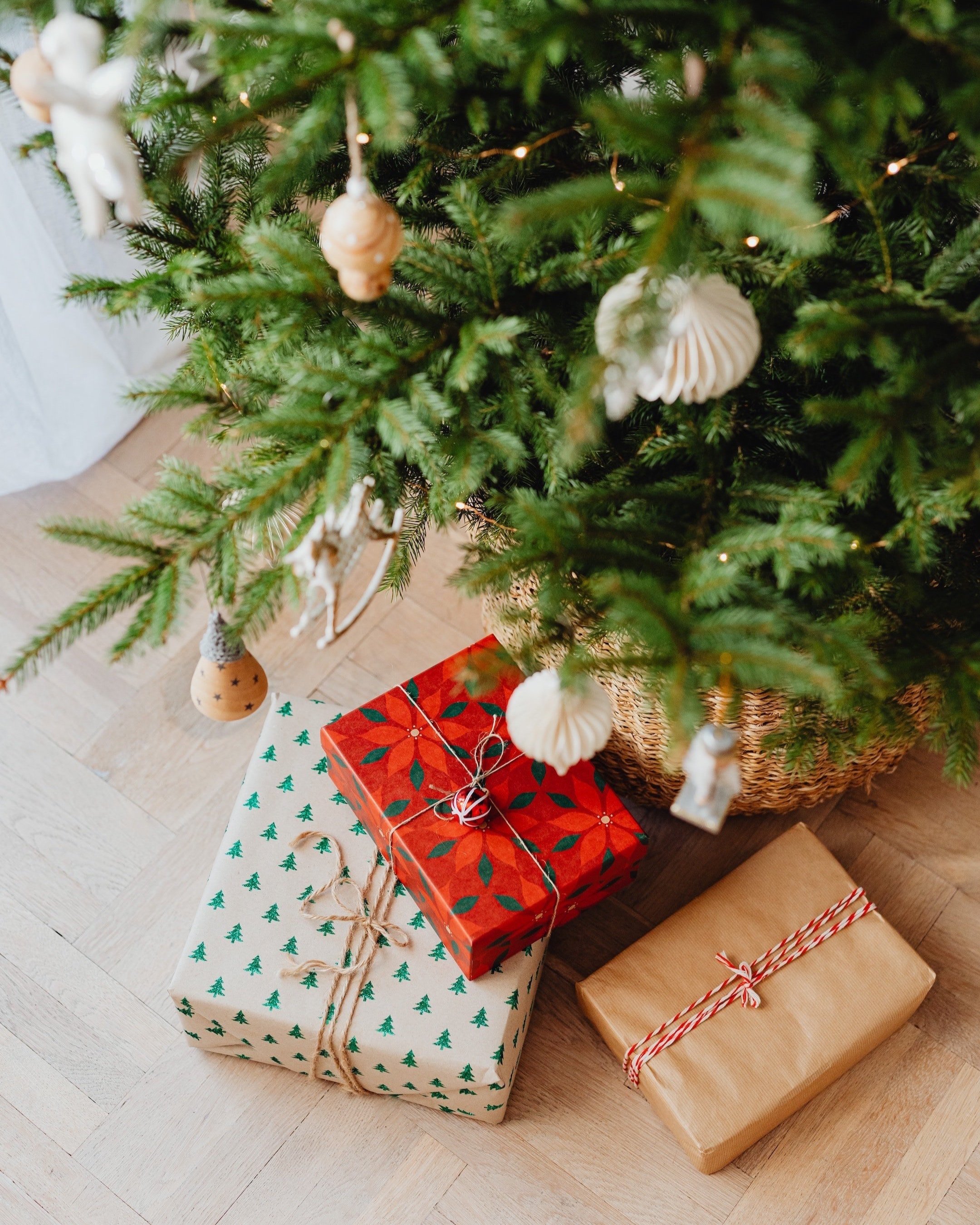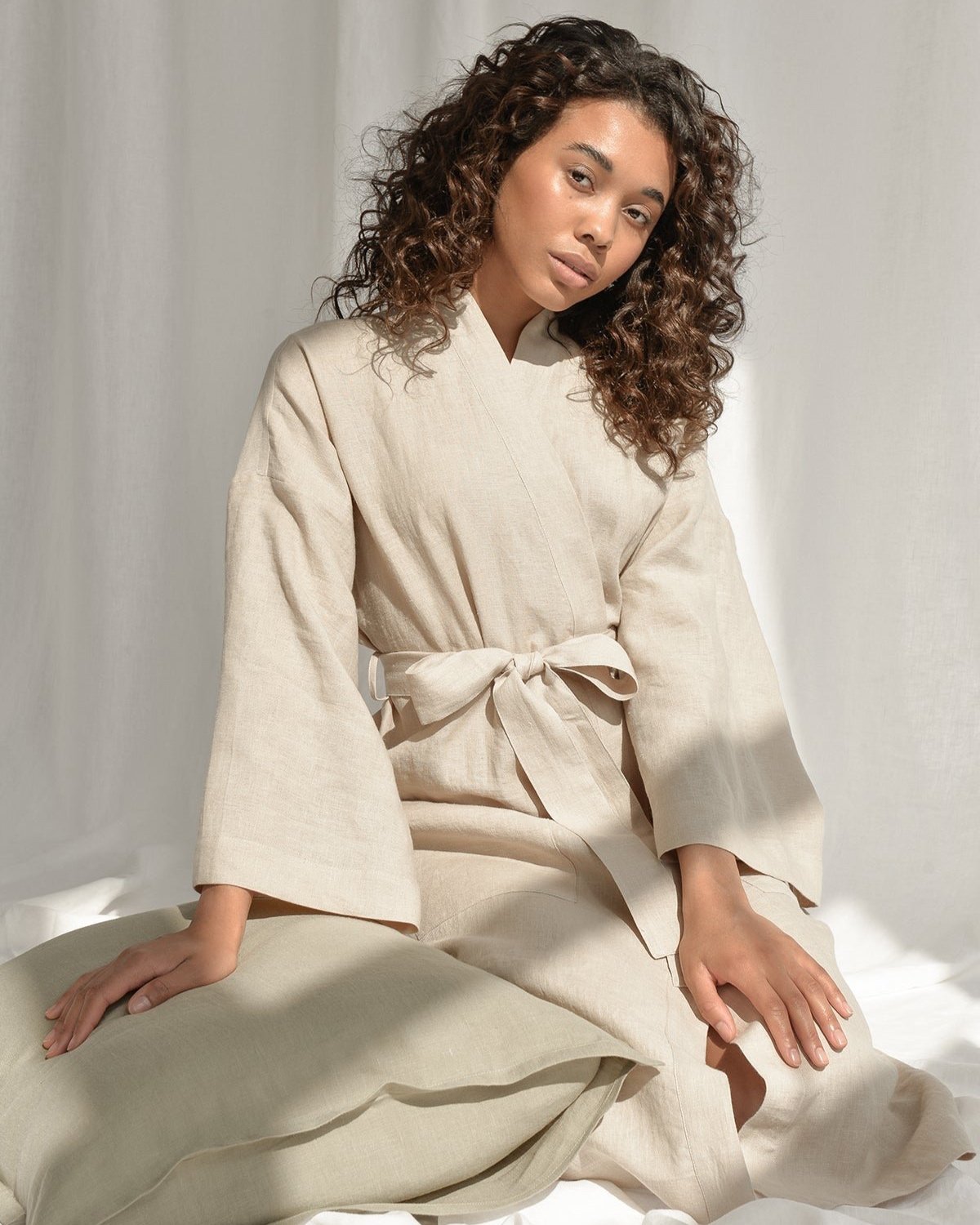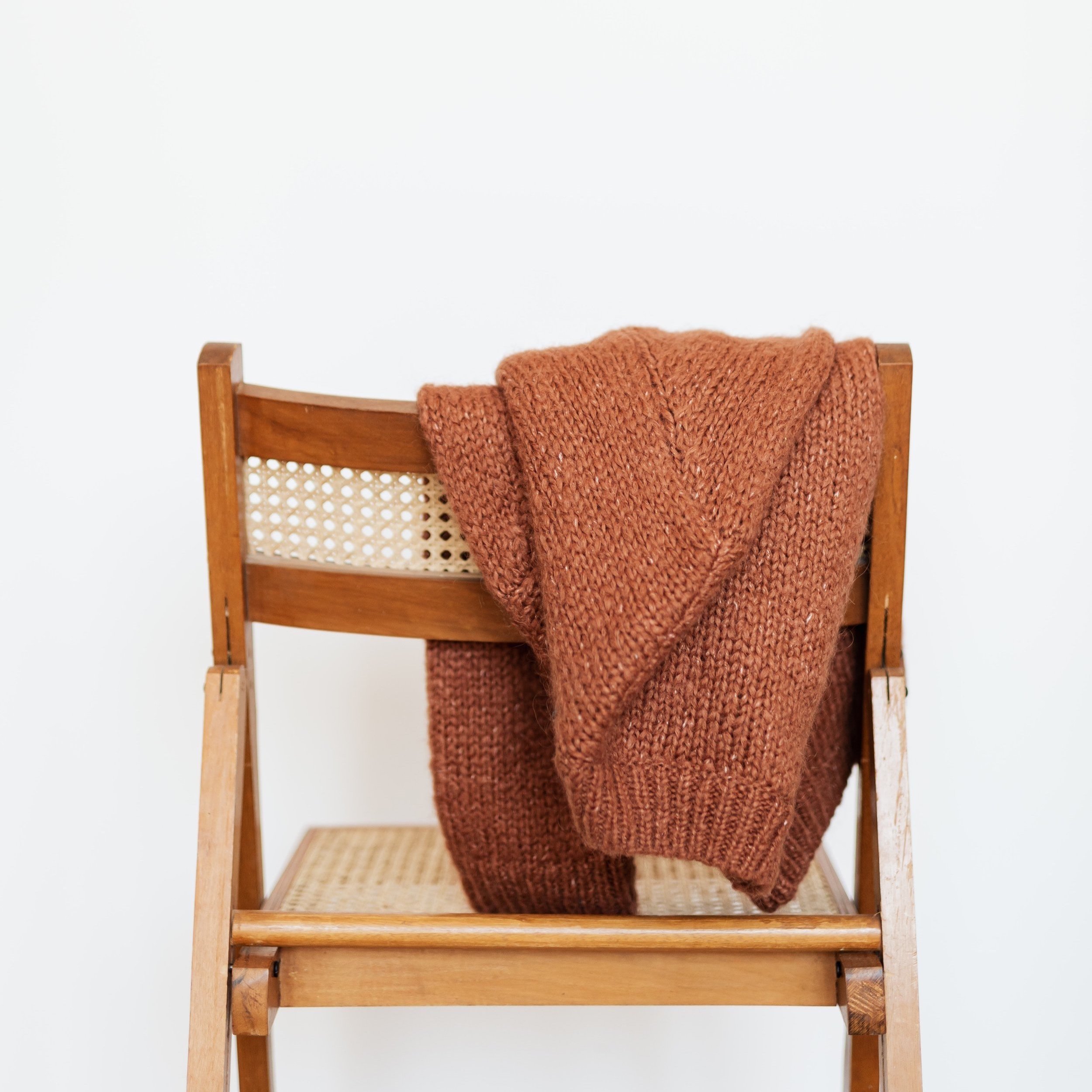Creating a Sustainable Fashion Future: The Role of Certifications
In the ever-evolving landscape of the fashion industry, the importance of sustainability has become increasingly evident. As the demand for ethical and environmentally friendly practices grows, certifications play a pivotal role in guiding both consumers and brands toward a more sustainable and responsible future. In this extensive exploration, we delve into the challenges consumers and brands face in navigating the complex world of certifications, highlighting the significance of certifications such as SANE and their role in shaping the fashion industry's path toward a greener tomorrow.
Understanding the Dilemma: Consumers and Brands in the Maze of Certifications
The fashion certification sphere resembles a complex mosaic, with numerous pieces representing different standards and aspects. Consumers and brands alike find themselves overwhelmed by the plethora of choices available. The challenge for consumers lies in deciphering the meaning behind each certification, as the lack of in-depth knowledge often prevents them from making informed purchasing decisions. On the other hand, brands grapple with initiating a sustainable transition, deciding on the proper certifications for a comprehensive approach, and effectively communicating their achievements without confusing consumers.
A common criticism the certification landscape faces is the perception that many certifications do not go far enough or lack precision. While painting ideal and concise impact scenarios is crucial, an equally pressing concern is encouraging more brands to embark on their sustainable journey.
Over the past seven years, industry professionals spanning textile manufacturing, compliance management, and environmental protection have collaborated to address these challenges. The collective goal has been to develop an international fashion standard that not only supports brands in initiating their sustainable transition but also follows a holistic approach, covering environmental, social, and consumer health aspects. The result of this collaborative effort is SANE Standard.
SANE: A Holistic Fashion Certification
SANE emerges as a comprehensive fashion standard, standing proudly as a member of the United Nations Conscious Fashion and Lifestyle Network. This network serves as a platform showcasing initiatives that accelerate the implementation of the Sustainable Development Goals. SANE certification covers textiles, accessories, footwear, and home textiles, offering a comprehensive approach that scrutinizes various life cycle phases of a product.
What distinguishes SANE from other certifications is its extensive scope. Unlike certifications that concentrate on specific aspects, such as sustainable textile processing or minimum natural fibers, SANE extends its focus beyond the typical boundaries. The standard places particular emphasis on the choice of low-impact materials covering all material types, the chemical content of final products, the environmental footprint of processing stages, and the working conditions, including fair remuneration for workers.
Ensuring compliance with SANE's criteria requires production facilities to undergo certification by an accredited third-party audit. However, the industry acknowledges the growing audit fatigue, and SANE takes a pragmatic approach by accepting existing credible sustainability standards to avoid unnecessary duplication.
Making Sustainability Achievable and Affordable
SANE's multifaceted approach ensures that crucial aspects are covered as practically as possible. While maintaining high standards, SANE remains achievable for brands, allowing them to kickstart their sustainable transition with a single product or capsule collection before tackling their entire product range. Significantly, the standard aligns with the EU Green Claims Directive, reflecting its forward-thinking approach towards the future of fashion certifications in Europe.
What makes SANE particularly appealing for small and medium-sized companies is its cost structure. Brands pay based on production volume, eliminating the need for a substantial upfront investment. This approach enables brands to gradually expand their sustainable product range and increase their certifications without imposing financial burdens.
Consumer Empowerment through SANE
The impact of SANE extends beyond the industry to the end consumers. By having one certification covering a more extensive scope, SANE simplifies the communication of brands' sustainable transitions. But what does this certification mean for consumers themselves?
Consumers gain the ability to make more confident and informed purchasing decisions. A simple scan of the QR code associated with SANE provides a glimpse into where and how their preferred brand sources and produces its products. The standard empowers consumers to align their choices with their values, enabling them to choose products actively developed by brands working towards a sustainable transition.
Whether displayed on hang tags or stitched onto products, SANE's characteristic logo serves as a symbol of assurance. It signifies products produced with equal consideration for the environment, workers' rights, and consumers' health, setting a new benchmark for sustainability in the textile and fashion industry.
A Comprehensive Vision for a Sustainable Future
In a world where sustainability is not just a buzzword but a necessity, certifications like SANE emerge as beacons of hope. They address the challenges faced by both consumers and brands, offering a roadmap towards a more sustainable and responsible fashion industry.
The intricate web of certifications can be daunting, but the presence of standards like SANE makes the journey more navigable. By focusing on a holistic approach that considers environmental, social, and consumer health aspects, SANE sets itself apart. Its acceptance of existing credible sustainability standards reflects a collaborative spirit, acknowledging the collective efforts needed to drive change.
SANE's commitment to making sustainability achievable and affordable underscores its pragmatic approach. By allowing brands to gradually integrate sustainable practices into their operations without imposing financial constraints, SANE paves the way for a more inclusive and accessible sustainable fashion landscape.
As consumers become increasingly conscious of their purchasing decisions, the power of certifications in guiding choices cannot be underestimated. SANE's role in empowering consumers to make informed decisions by providing transparency into sourcing and production practices signifies a transformative shift towards a more mindful and ethical consumer culture.
In conclusion, certifications like SANE Standard embody the transformative potential of the fashion industry. They are not merely stamps of approval but a commitment to a sustainable future. As more brands embrace such certifications and consumers actively support these initiatives, the fashion industry is taking significant strides toward a future where style and sustainability coexist harmoniously.
MAKE SURE TO PIN THE PHOTO BELOW TO SAVE THIS POST FOR LATER!
WANT TO FIND SUSTAINABLE BRANDS? VISIT OUR BRAND DIRECTORY!
Our Brand Directory is home to hundreds of sustainable brands, from makeup to cleaning supplies, from underwear to shoes. We have broken everything down by category for easy shopping, along with discount codes unique to Sustainably Chic viewers.


























































































